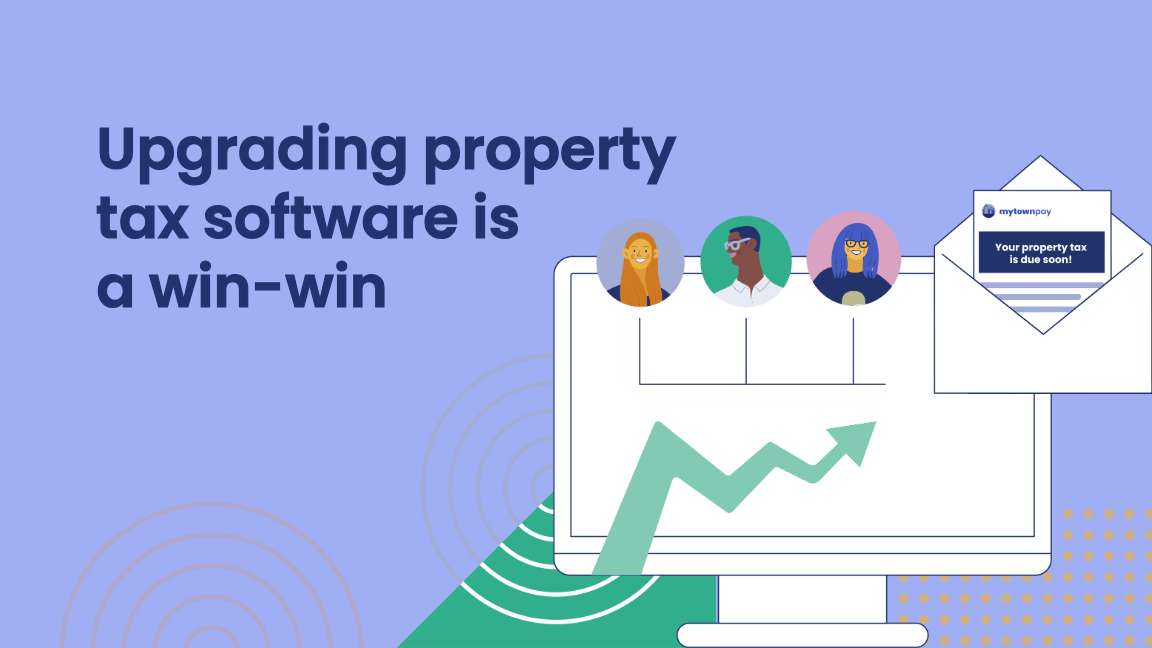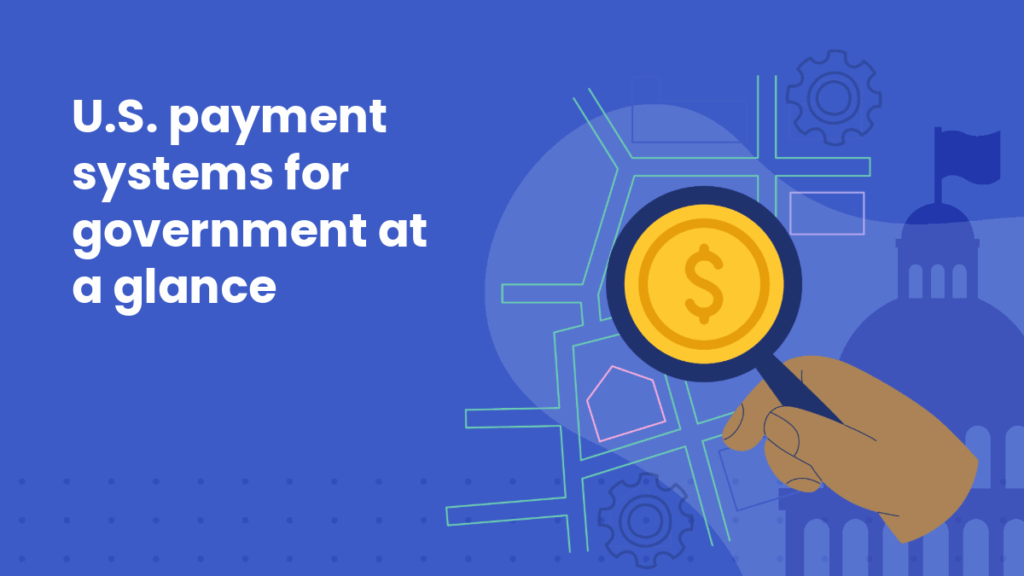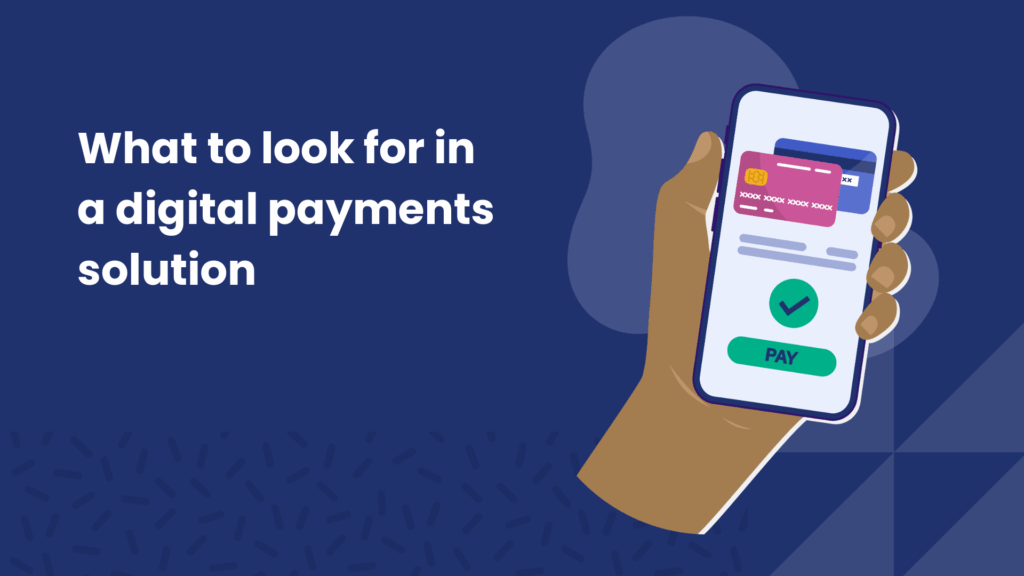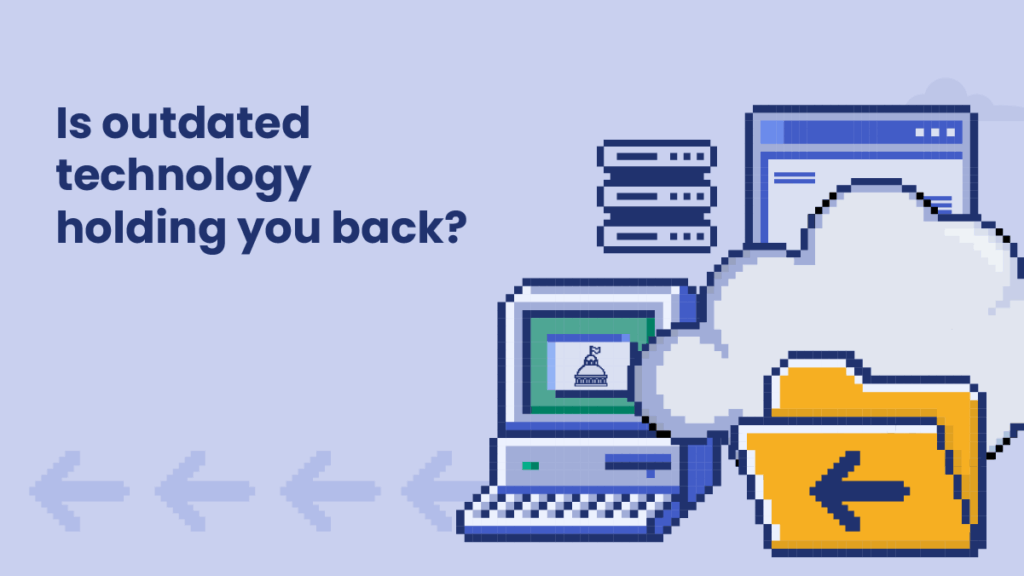Property tax software upgrades benefit governments and residents

Managing property tax billing, collections, and compliance with outdated systems creates inefficiencies, errors, and frustration for both staff and residents. But modern property tax software offers local governments a way to improve service delivery and internal processes.
Why should agencies update their property tax software?
By upgrading to modern property tax management software, government agencies can realize benefits that extend well beyond streamlined tax collection:
1. Increased efficiency
Modern property tax software automates some of the most time-consuming tasks, from billing and payment processing to sending reminders. Reducing the reliance on manual data entry and paperwork saves staff time and minimizes errors. Along with day-to-day record-keeping, automated calculations ensure accuracy when rates or policies change, helping governments stay compliant while improving overall productivity.
Staff empowerment
Property tax software can empower staff with self-service workflows, training modules, and modular upgrades, making internal adoption smoother.
Cost savings over time
Even if there is an upfront investment, property tax solutions often reduce long-term costs by lowering maintenance and the need for time-consuming manual labor. (This is especially true for legacy systems that require increasingly expensive maintenance.)
2. Enhanced resident experience
Residents expect the same ease of use from government services that they experience in the private sector. Modern government software can provide those features:
- Online portals where residents can securely view bills, make payments, and save payment methods
- Multiple payment methods, including ACH, credit and debit cards, and mobile payments
- Notifications and reminders delivered via email, text, or in-app alerts
- Current and historical data regarding property value assessment
Public trust and transparency
These features create greater transparency, reduce confusion, and help build trust between residents and their local government. When taxpayers can see parcels, how valuations are derived, exemptions, and payment histories in a secure portal, residents are more informed, and agencies may see a decline in disputes and payment delinquencies.
3. Improved revenue collection
Integration with secure payment systems reduces errors and missed collections, while analytics tools help staff spot delinquency trends. Advanced analytics, predictive modeling, and mapping tools can help governments identify “hidden” or undervalued properties, detect anomalies, and anticipate growth. These capabilities lead to higher compliance rates and more consistent revenue streams for governments.
4. Better data and reporting
Modern digital property tax solutions offer real-time dashboards that provide visibility into collections, outstanding balances, and other key metrics. This makes it easier for staff to track progress and for leadership to make informed, data-driven decisions. When it comes time for audits, council meetings, or state reporting requirements, built-in reporting tools simplify the process and ensure accuracy.
Interoperability and advanced system integration
When the property tax module can plug into a geographic information system, permitting, land records, utility billing, or ERP systems, jurisdictions can reduce data silos and improve consistency
5. Scalability and security
Cloud-based property tax software grows alongside a community’s needs. As populations increase or new regulations are introduced, the system can scale to handle additional volume without requiring a costly overhaul. Integration capabilities also allow the software to connect with other government platforms, such as land records, permitting, or utility billing, making local governments more agile and adaptable for the future.
Resilience, security, and compliance
Cloud or SaaS models with built-in security (zero-trust, encryption) reduce risks of outages, data loss, or cyberattacks. This type of software also helps agencies meet regulatory and data privacy obligations.
Stronger auditability and risk mitigation
Modern systems maintain audit trails of changes, who made them, and when, helping guard against errors, fraud, or legal challenges.
Upgrading property tax software is a win-win, benefiting agencies and residents
By simplifying back-office processes, improving transparency, and offering residents easy access to their tax information, property tax administration becomes less of a frustration — and more efficient digital service delivery. Beyond operational efficiency, government agencies can also leverage software integrations that facilitate fairer assessments and more informed decision-making.
Investing in modern property tax software is not just an upgrade; it’s a commitment to better governance and stronger resident relationships. For communities, the result is greater convenience, clarity, and confidence in how their tax dollars are managed. For governments, it’s stronger compliance, healthier revenue streams, and future-ready systems that can adapt as needs evolve.
Looking for more content?
Get articles and insights from our monthly newsletter.




